Apple has submitted a patent application for a next-generation stylus with a touch-sensitive body (via Apple Insider).
Details of the invention were published by the U.S. Patent and Trademark Office today under the title "Stylus with touch sensor", describing an input device with an array of capacitive touch sensors along the instrument's body.

The sensors determine the position of the user's fingers and this information can be interpreted as gestures to control aspects of the user interface on the display device.
In some versions, electrodes are installed around the body of the stylus to improve the accuracy of touch detection, including single- and multi-touch gestures.
Apple claims that the sensor design is such that it can detect when the user is rotating the stylus based on the location of two fingers. This data can then be used to perform functions like rotating a virtual object on the display, selecting a brush size in a drawing app, or changing a zoom level.
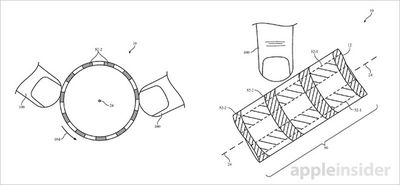
Motion gestures are also described in the application. Running a finger up or down the stylus body could control UI window scrolling, for instance. Meanwhile, support for force gestures enables the user to, say, squeeze the stylus to invoke virtual buttons on screen, or increase drawing precision by tightening grip, for instance.
While Apple's idea for a touch-sensitive stylus is impressive in concept, in practice it would likely be a highly challenging technological undertaking, given the variability in the way users grip pens as well as differences in hand size. Whether Apple plans to use the invention in a future consumer product like the Apple Pencil remains to be seen.
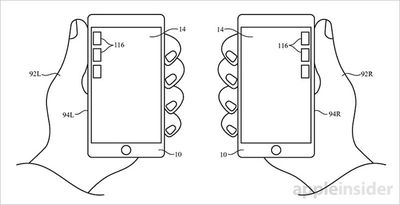
Another Apple patent application was also published on Thursday, called "Electronic devices with hand detection circuitry", which describes how special sensors on an iPhone-like device could distinguish between left- and right-handed use, or "handedness".
The ambidextrous invention details how motion sensors could be used to detect rotation and movement, and inform the position of virtual buttons and icons displayed on-screen to increase ease of reach.
The invention harks back to Apple's introduction of the Reachability feature for iPhones with 4.7-inch and 5.5-inch screens, in which a double tap on the home button shifts the screen content downwards to bring it within thumb's reach.


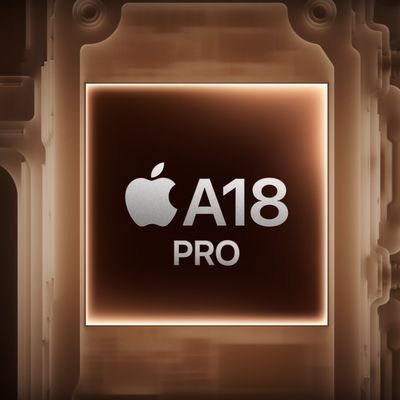
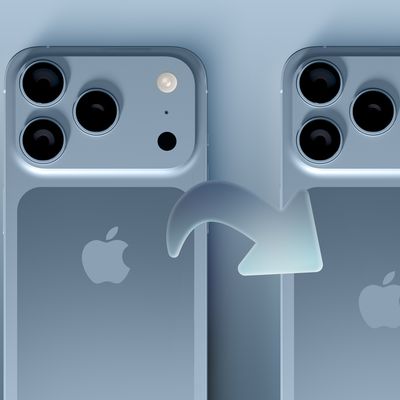


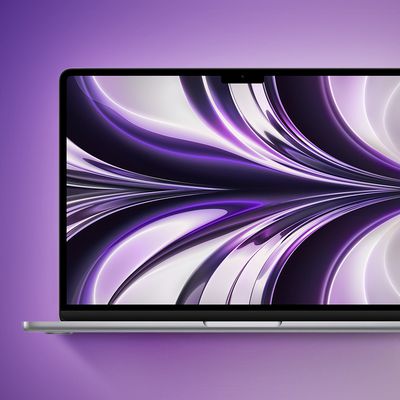
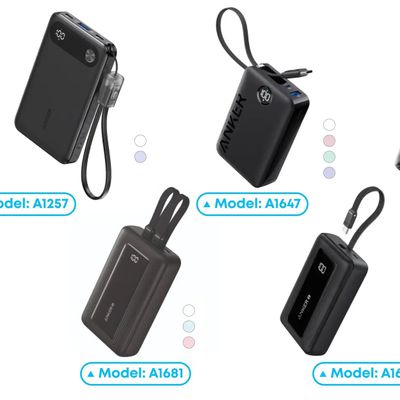

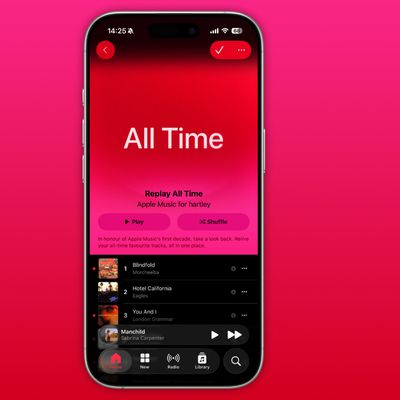
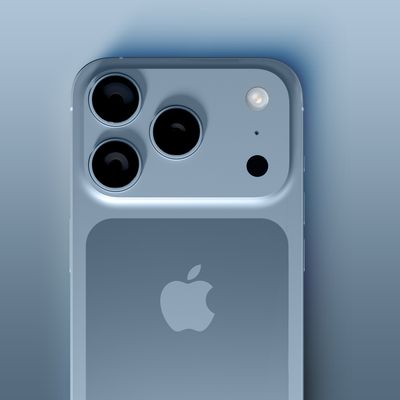
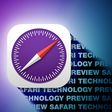










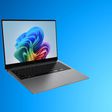
Top Rated Comments
[doublepost=1466685387][/doublepost]Comparing styluses from 2007 to today is silly. Smartphones with touchscreens back then required a stylus. The iPad Pro doesn't require a stylus but it's a fantastic tool for artists and designers.
[doublepost=1466693662][/doublepost]The sp4 pencil is also not as good as the iPad Pro pencil.
...you needed the telescopic toothpick because the icons on screen were too small for fingers - especially with the rubbish resistive touchscreen.
That said, I'm not sure what Jobs would have made of an Apple Pencil sticking at right angles out of an iPad to charge, with the cap and female-female lightning adapter long lost down the back of the sofa of time...